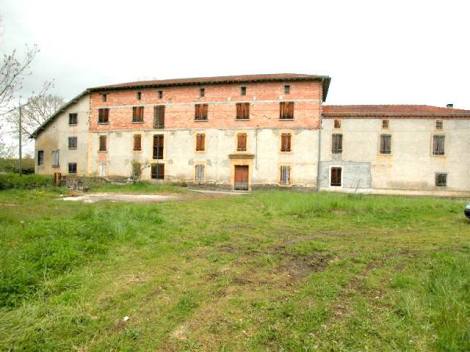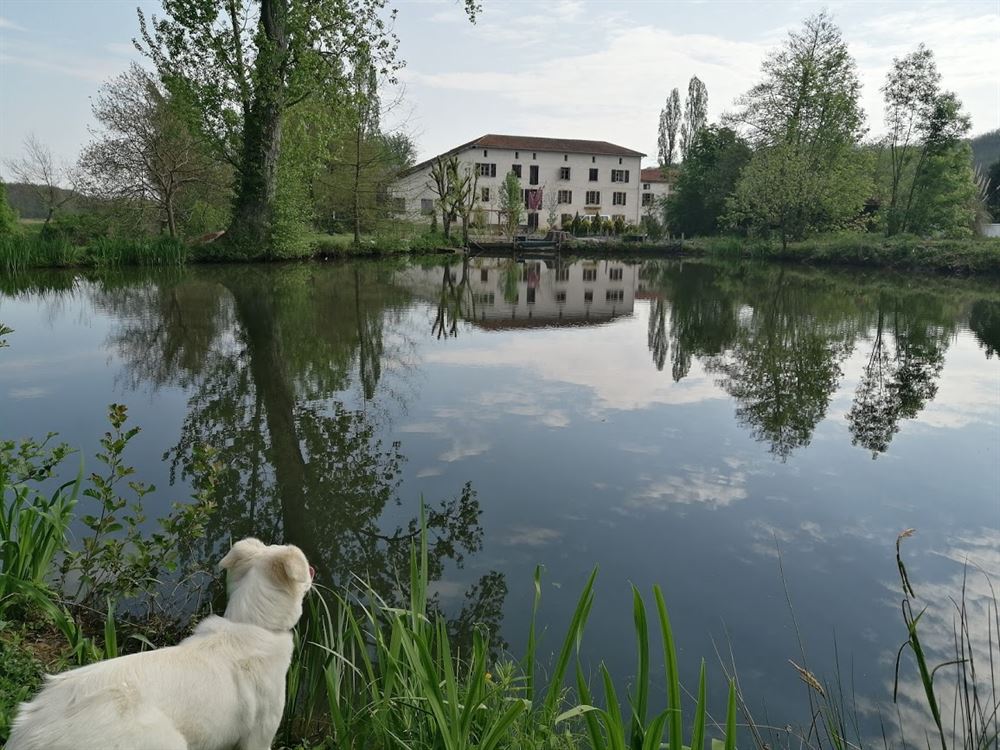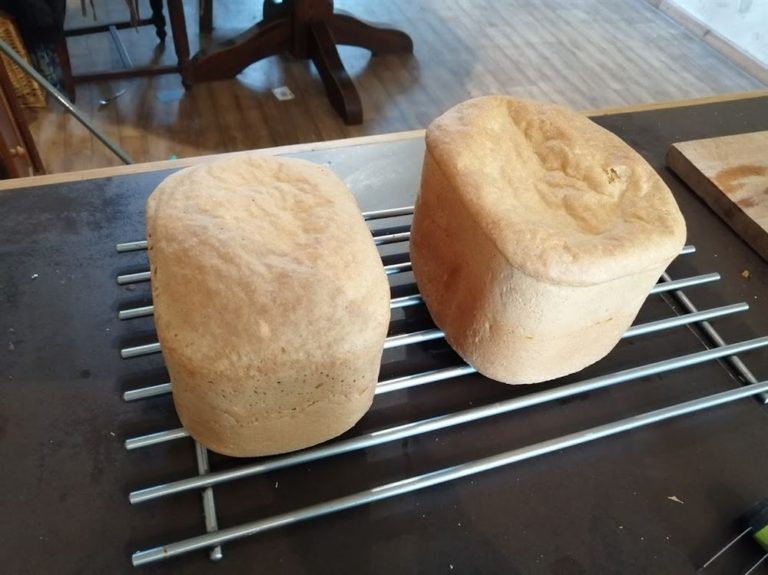Reflections past and present
This is my house. I have taken shots of it from across the lake many times and yet they all look different. It is one of my favourite views, looking across the lake with the watermill, sky and landscape reflected in the water.

It hasn’t always looked like this. In fact, when I first saw a photograph of the Moulin when we were house hunting in 2004, I hated it. My husband Gary found a watermill for sale in one of his internet searches for a new home in France.
“Look at this one,” he enthused. This is the picture he showed me:

“No!” was my emphatic reply. There was no way I was going to consider looking at that beast of a building. It looked to me like an enormous, ugly factory.
However, I warmed to it a few weeks later when our ten-year-old son found the same watermill advertised with another agent. It showed pictures of the outside space – the river frontage, the canal, the lake. This was one of the photos, that drew me in:

So, I relented and we contacted the agent for further details. The rest, as they say, is history.
When we took ownership of the Moulin in October 2004 the façade was a hotchpotch of crumbling dirty coloured rendering with bare red brickwork on the upper floors. A clue as to how the original building had been extended over the years. There was a myriad of nooks and crannies for wasps to build their nests and lizards to hide.
It was a couple of years before we had time to turn our attention to improving the look of the outside of our property. In 2006 Gary started the process with the help of a friend. The first job was to remove all the old rendering which alone, was quite a task. It was fascinating as the stripping of the old façade revealed glimpses of the history of the mill beneath it. The oldest part of the building was the middle section, which lies across the canal and has the workings of the mill within it. The walls are nearly a metre thick built with stones filled in with bits of wood, clay and mud and date back many hundreds o years. The upper floors were constructed of red bricks and most probably date to the beginning of the last century.
You could see where a large section of the façade, was filled in with breezeblocks which puzzled us until our neighbours showed us some old photos. This was where the trucks used to back in and the grain sacks would be hoisted with pullies which still run though our house. The photo below date from the late 1940s early 1950s (looking at the style of grain truck) and show big wooden sliding doors which are now a solid wall where the window to our kitchen/diner lies.

The history of the Moulin
The early history of the Moulin is sketchy. Whilst doing a bit of internet research, I came across a book called “Histoire de Escanecrabe, Haute-Garonne” by Frédéric Ambrody published in 1895. In it, the earliest mention I could find of a “moulin” in Escanecrabe is from a document dated 19th November 1540 which mentions “a mill located on the River Save in Escanecrabe”.
The next reference was in 1628 and refers to the two millstones (meules) of the “Moulin Les Illes” which is noted by the Author Frederic Ambrody as the “Moulin de Dessous” in Escanecrabe (meaning Mill below), which we can assume is our mill now called “Moulin d’en Bas” (roughly translates to Mill from below), the only other Moulin in Escanecrabe is called Moulin en Haute and is 1km upstream from us. Again in 1777, records mention now “Two flour mills established in the commune on the river Save”.
Interestingly in 1876 there is a record of expenses of 2,500 fr for the construction of a bridge on the Save at the “Moulin de Dessous” It seems most likely that the record refers to the bridge pictured here – the first date from probably the 1940/50s and the second as it is today:


In 1895, the area called « Quartiers des Moulins, de la plaine et d’en Ducos » (where we now live) was owned by the following three families Goutaut-Biron, Heliau and Saint-Raymond. From the records we have from our purchase, the Moulin was run and owned by the Saint-Raymond family right up until the 1970’s. We even have the original grain sacks in the loft space with the “Saint-Raymond” name and with dates in the ‘50s and early ‘60s. In 1960, the building was shared between Saint-Raymond’s three daughters. The son of one of the daughters, M Barthe, lives just down the road from us. He and his wife are in their 90s now. When we held a housewarming party for all our neighbours in 2005, Mme Barte very proudly revealed that back in the 1950s, she and her husband had their wedding reception in our sitting room.
Another of the descendants of one of the Saint-Raymond sisters was living next door to us when we first moved in. She died several years ago aged 97, but her daughter-in-law Mme Gourdin, lives there alone now. The third daughter’s descendants are still living upstream in the Moulin en Haute. We share joint ownership of the canal that joins our two mills.
It is so fascinating to look at the photos of our neighbours ancestors, we can see familiar faces staring back at us. I find it heart-warming to know that the families who are so strongly connected to the history of the mill are still living nearby.
Whilst the mills main purpose originally was to produce flour, at some point in the last century, it was used to generate enough electricity to power three surrounding villages (so we were told). We still have the old equipment in the main part of the building which gives testament to that. When we took ownership, we inherited two old turbines, in need of refurbishment. It has always been our intention to get the mill generating electricity again, but the costs have so far been prohibitive. One day, we will fulfil our dream. I know it might sound silly, but I feel it is what the building wants. The Moulin is patiently waiting for its potential to be rediscovered and its true versatility appreciated.
You can discover more about our experiences of finding and moving to our watermill in Southwest France in my book “What have we got Toulouse? A family moving to France“.







